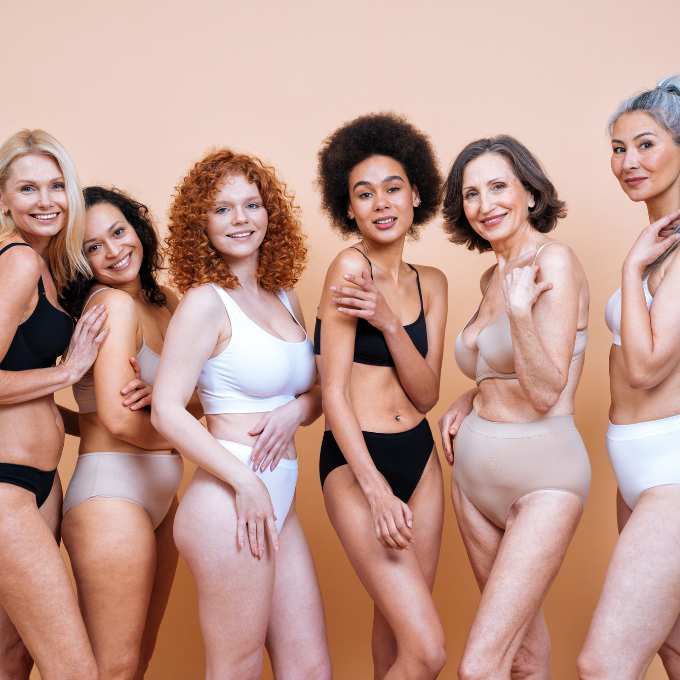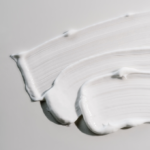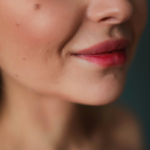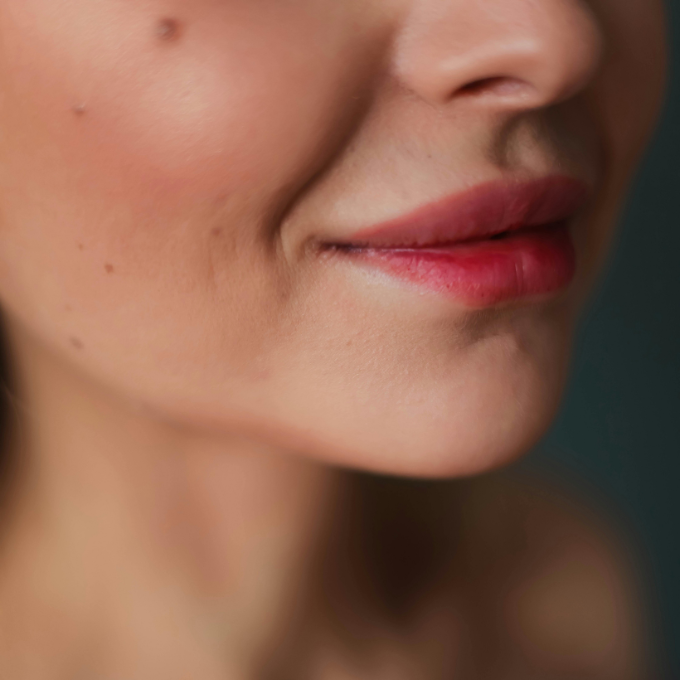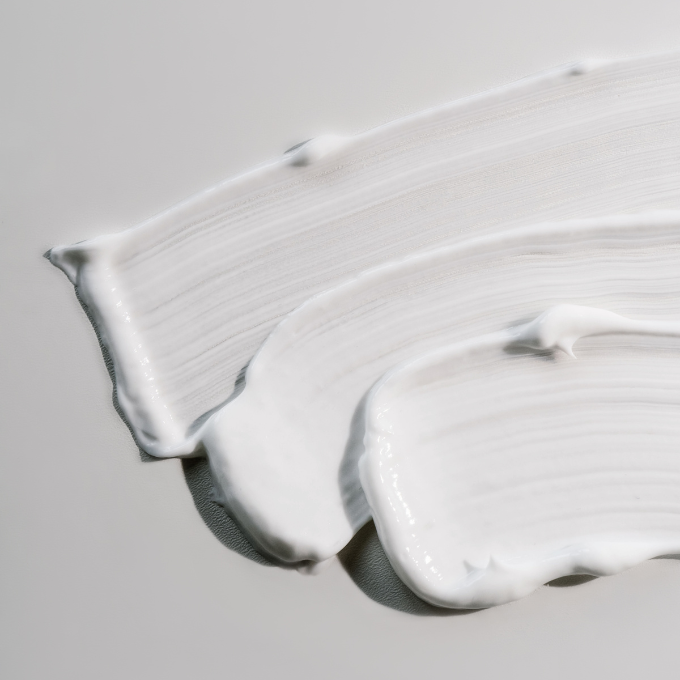Ageing is a natural and inevitable process, but its effects on our appearance go far beyond the surface of the skin. From bone structure to fat pads, muscles, ligaments, and the skin itself, every layer of the face plays a role in how we age. Understanding how these layers change over time is key to …
Ageing is a natural and inevitable process, but its effects on our appearance go far beyond the surface of the skin. From bone structure to fat pads, muscles, ligaments, and the skin itself, every layer of the face plays a role in how we age. Understanding how these layers change over time is key to treating the visible signs of ageing in a way that looks natural, balanced, and harmonious.
1. Bone Support and Structure: The Foundation of the Face
At the deepest level, our bones provide the framework and support for the entire face. However, as we age, we experience a natural decrease in bone density. This process, known as bone resorption, leads to subtle shifts in the facial skeleton that can have a significant impact on how we look.
For example, the orbital bones around the eyes can widen, the maxilla (mid-face) can recede, and the mandible (jawbone) can shrink and lose definition. These changes often lead to hollow temples, sunken under-eyes, and a less defined jawline, hallmarks of an ageing face.
Bone loss is one of the most fundamental and often overlooked aspects of facial ageing. Understanding these deep changes is crucial when considering aesthetic treatments, especially when it comes to restoring volume and facial balance.
2. Deep Fat Pads: Volume Loss from Within
Sitting just above the bone, the deep fat pads help provide structure and youthful volume. As we age, these fat pads begin to shrink (deflate) and descend (move downward), which alters the natural contours of the face.
This loss of volume can result in hollowing in areas such as the cheeks, temples, and under the eyes. It also contributes to a sunken, tired, or gaunt appearance. Because deep fat pads play a central role in shaping our youthful facial structure, restoring volume here can make a dramatic yet natural difference in appearance.
This is why deeper dermal fillers are often used in areas like the cheeks. As they restore structure, lift sagging tissues, and rejuvenate the face without overfilling the superficial layers.
3. Muscles: Changes in Expression and Movement
Our facial muscles are responsible for expressions, but they also change as we age. Over time, some muscles begin to stiffen or remain in a more contracted state. For instance, the depressor anguli oris (which pulls the corners of the mouth downward) becomes more active, contributing to a pinched or sad expression.
In the neck, the platysma muscle can start to pull downward, contributing to the appearance of jowls and loose neck skin.
Muscle movement is also responsible for dynamic lines, such as crow’s feet, forehead lines, and frown lines. Initially, these only appear with expression, but as the skin loses elasticity, they can become etched in even when the face is at rest.
Treatment options like anti-wrinkle injections can help soften muscle activity, while other therapies can address sagging and laxity caused by muscular changes.
4. Superficial Fat Pads: The Shift That Alters the Surface
On top of the deeper fat pads lies another important layer: the superficial fat pads. These are closer to the skin and play a large role in softening facial contours and maintaining a youthful, smooth appearance.
Just like the deeper fat pads, superficial fat pads also lose volume and shift with age. Typically, they slide downward and forward due to gravity and weakening support structures. This redistribution contributes to facial heaviness in the lower third, including the formation of nasolabial folds, marionette lines, and jowls.
By addressing both superficial and deep fat compartments with appropriate volume restoration and lifting treatments, we can maintain balance and avoid the overfilled or unnatural look.
5. Skin: The Most Visible Signs of Ageing
The skin is where the visible signs of ageing become most apparent. As we age, the skin naturally produces less collagen and elastin, proteins that provide strength, structure, and elasticity.
This leads to fine lines, wrinkles, and sagging, especially around the eyes, mouth, and jawline. Additionally, the skin becomes thinner and drier due to a decrease in natural oils and slower cell turnover. This results in a dull, lacklustre complexion and the appearance of age spots and pigmentation.
Cumulative sun exposure accelerates these changes significantly. UV damage is the number one external factor contributing to premature ageing, causing a breakdown in collagen, uneven skin tone, sunspots, and reduced elasticity.
Hydration, barrier support, and targeted skin treatments like chemical peels, microneedling, and collagen-stimulating injectables (such as Profhilo or polynucleotides) are essential for improving skin quality and restoring a radiant, healthy look.
6. Ligaments: The Unmoving Anchors
Facial ligaments act like anchor points, holding various tissues in place. While other structures shift with age, these ligaments largely stay in place. As the tissues around them descend or deflate, the ligaments become more visible, leading to deepened folds, especially around the marionette lines and mid-cheek area.
This contrast between fixed ligaments and moving soft tissue can accentuate shadows and folds, contributing to an aged or tired appearance.
Restoring volume in strategic areas and lifting sagging tissues can help soften these transitions and rejuvenate the face without altering your natural expressions.
Why This Matters: Treating the Face Holistically
Understanding how ageing affects each layer of the face allows for a more comprehensive and effective approach to aesthetic treatments. When we only treat the surface, such as smoothing wrinkles or applying skin treatments, we miss the deeper issues contributing to the ageing process.
That’s why a layered, tailored approach is so important.
By considering the deeper structures, like bone, fat, muscle, and ligaments, we can create treatment plans that not only address visible concerns but also restore harmony and balance to the entire face.
A Tailored, Expert-Led Approach
In my clinic, I focus on treating the face holistically. Every person’s ageing journey is unique, which is why every treatment plan should be too. Whether you’re concerned about volume loss, skin texture, sagging, or fine lines, we’ll look at the full picture during your consultation to ensure the most effective and natural results.
From deep structural support using advanced dermal fillers to skin-boosting treatments like Profhilo, Polynucleotides, and energy-based devices, I’ll guide you through the best options based on your anatomy, concerns, and goals.
Conclusion: Ageing Is Multi-Layered, So Your Treatment Should Be Too
Ageing doesn’t just happen on the surface, it’s a layered process that starts deep within and works its way outward. That’s why truly effective, natural-looking aesthetic treatments begin with understanding the anatomy of ageing and how each layer contributes to the changes we see.
By working with someone who understands these nuances, you’re not just softening wrinkles, you’re restoring balance, structure, and confidence.


